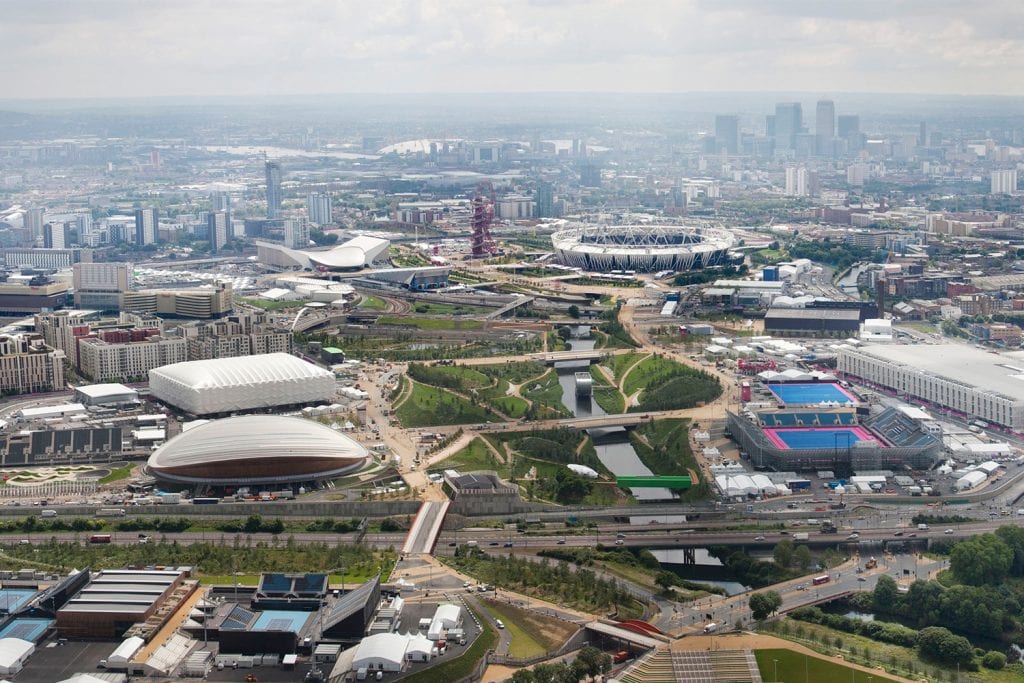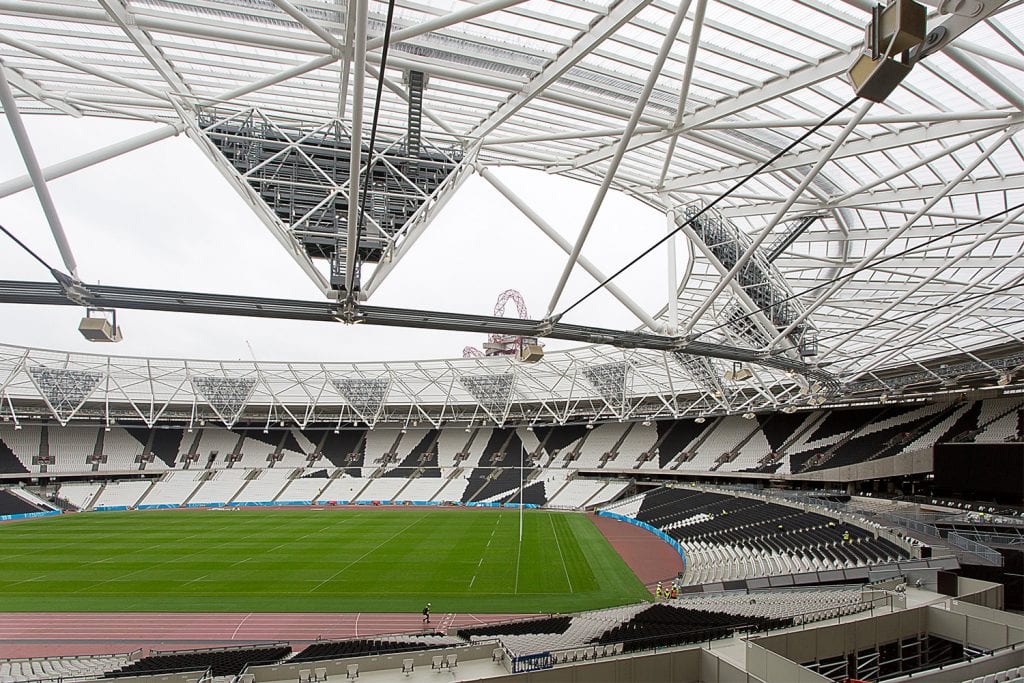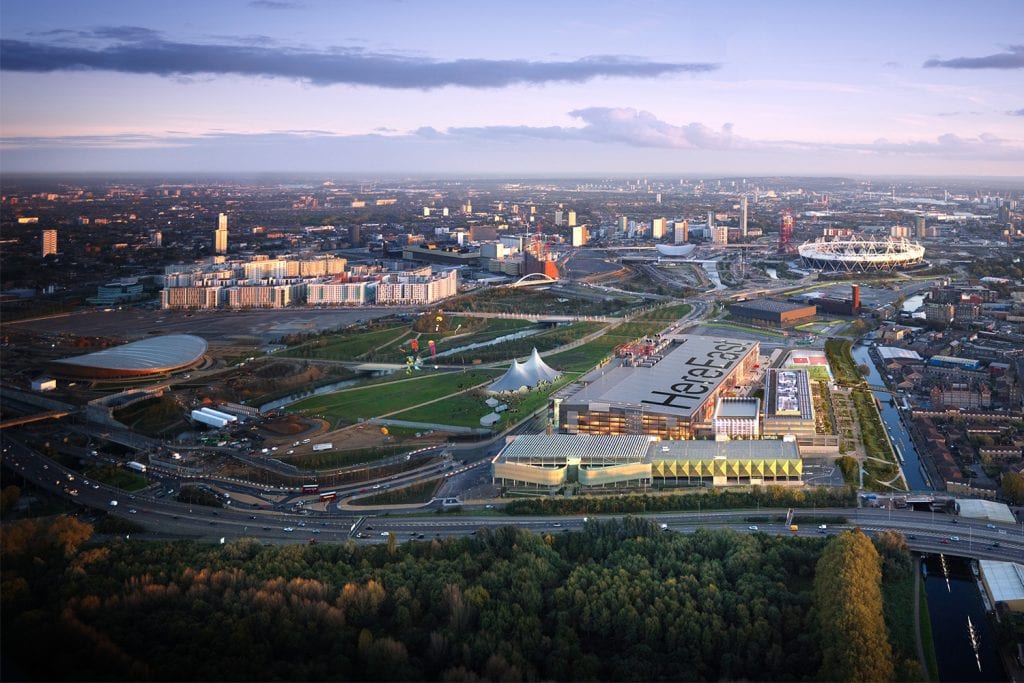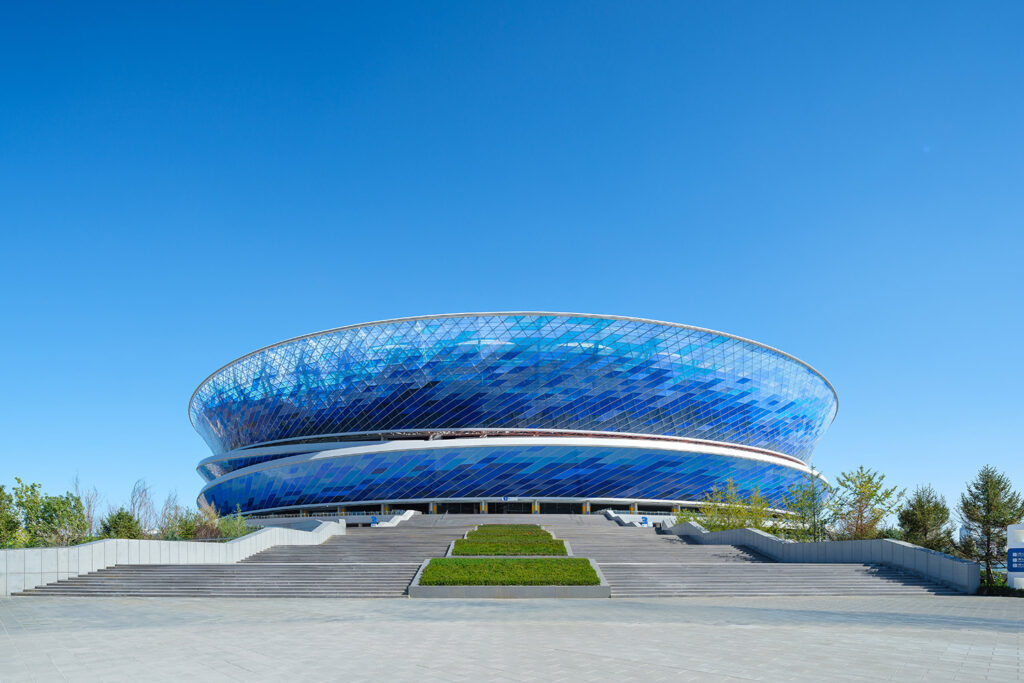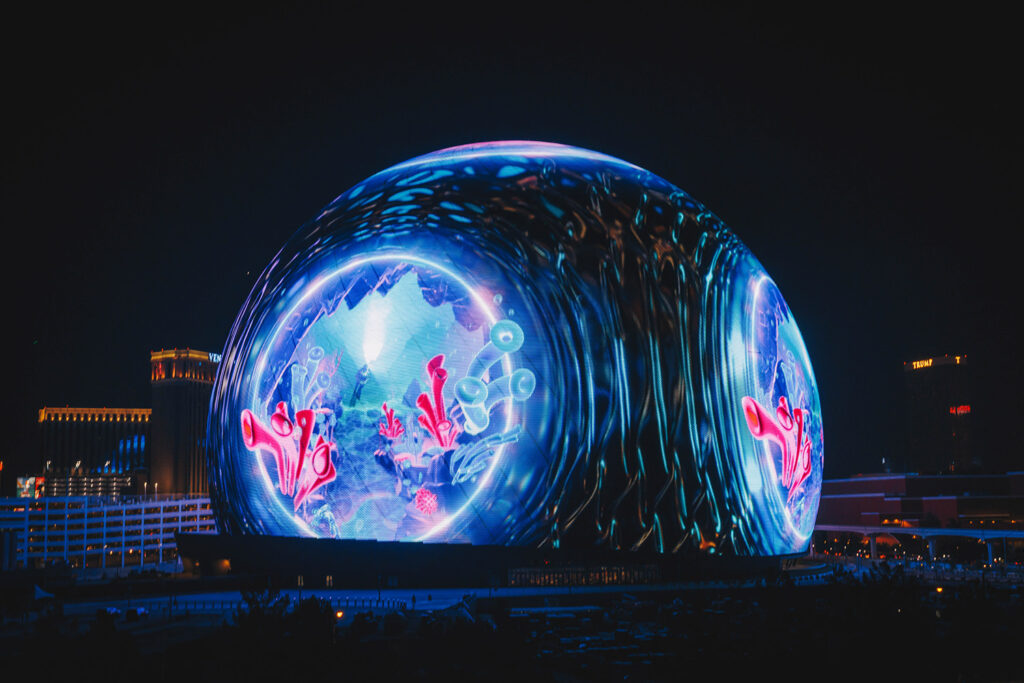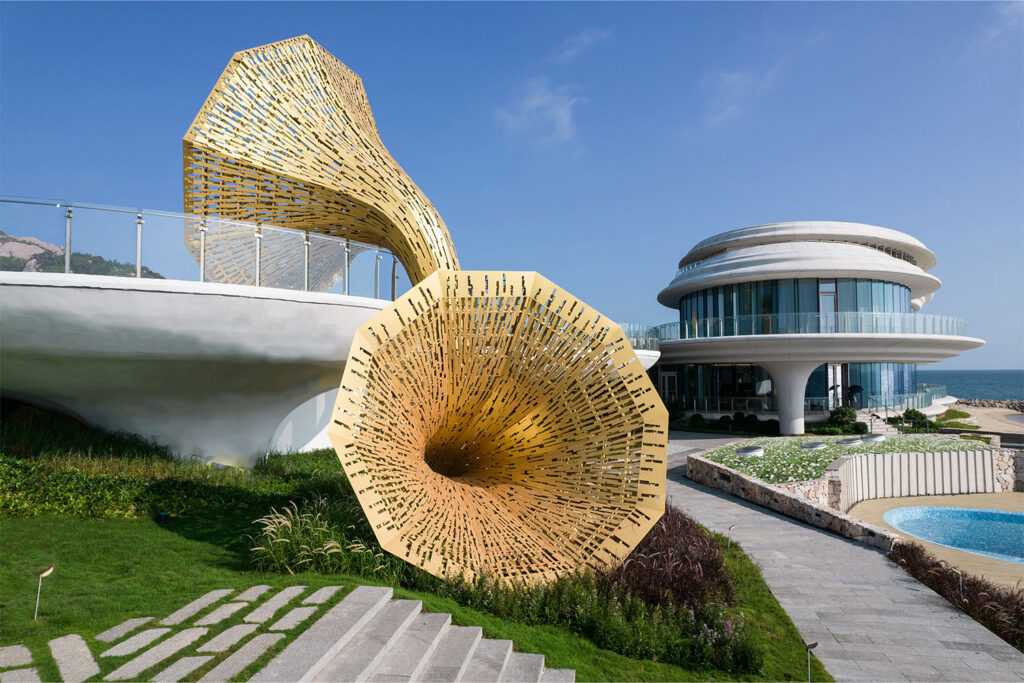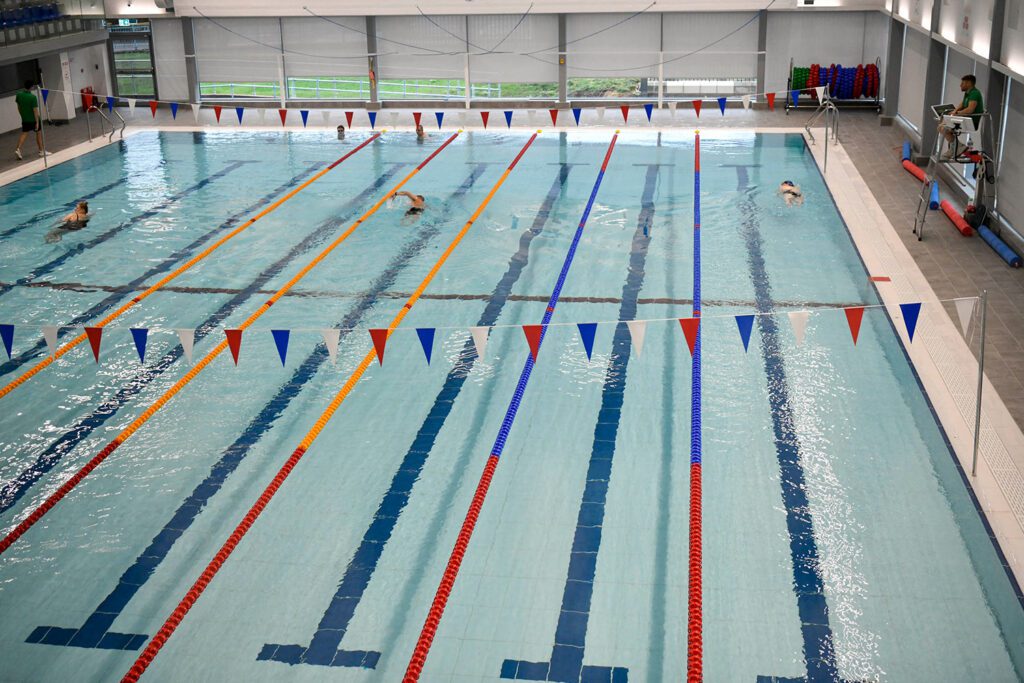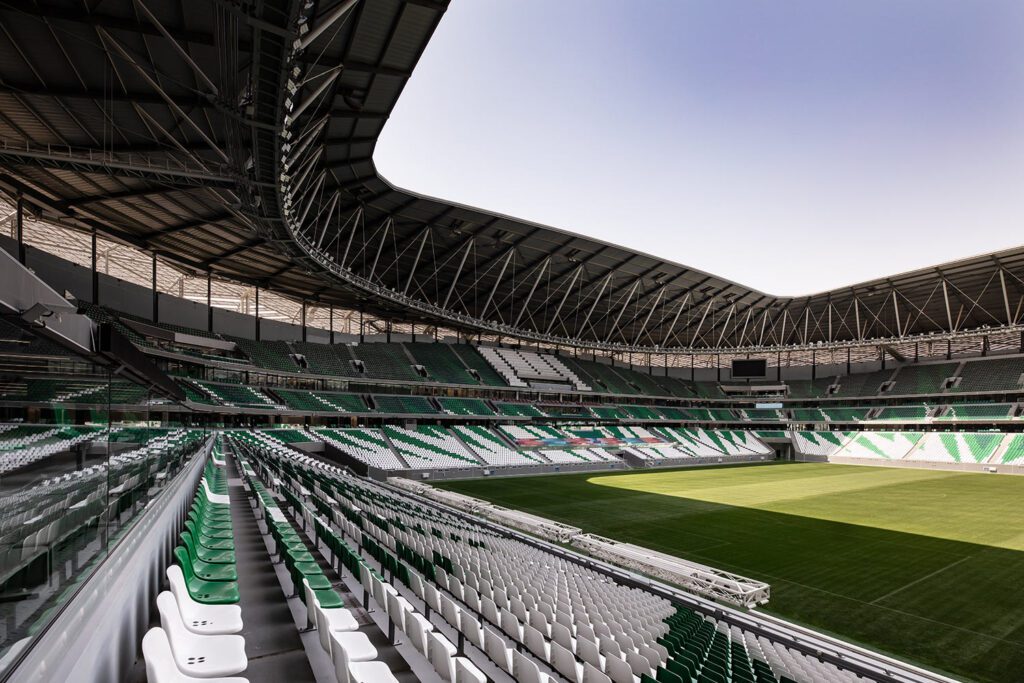The legacy of the London 2012 Olympic Games
When considering the impact and legacy of the London 2012 Olympics, you need only look up and down the cities, towns and villages of the UK. From the village halls renamed in honour of the Games, to the tennis courts, swimming pools and athletics tracks that were built because of the Olympics, to the continued economic impact of tourists and visitors, the legacy of 2012 is clear.
This legacy stretches out beyond the capital city and includes the nationwide network of sports and cultural facilities inspired by the Games, and the culture of volunteering and social change that it engendered. In London itself, sites used for the Olympics have since been developed to become central to local communities, and cultural and sporting institutions. We take a look at the role Buro Happold has played in the Olympic legacy.
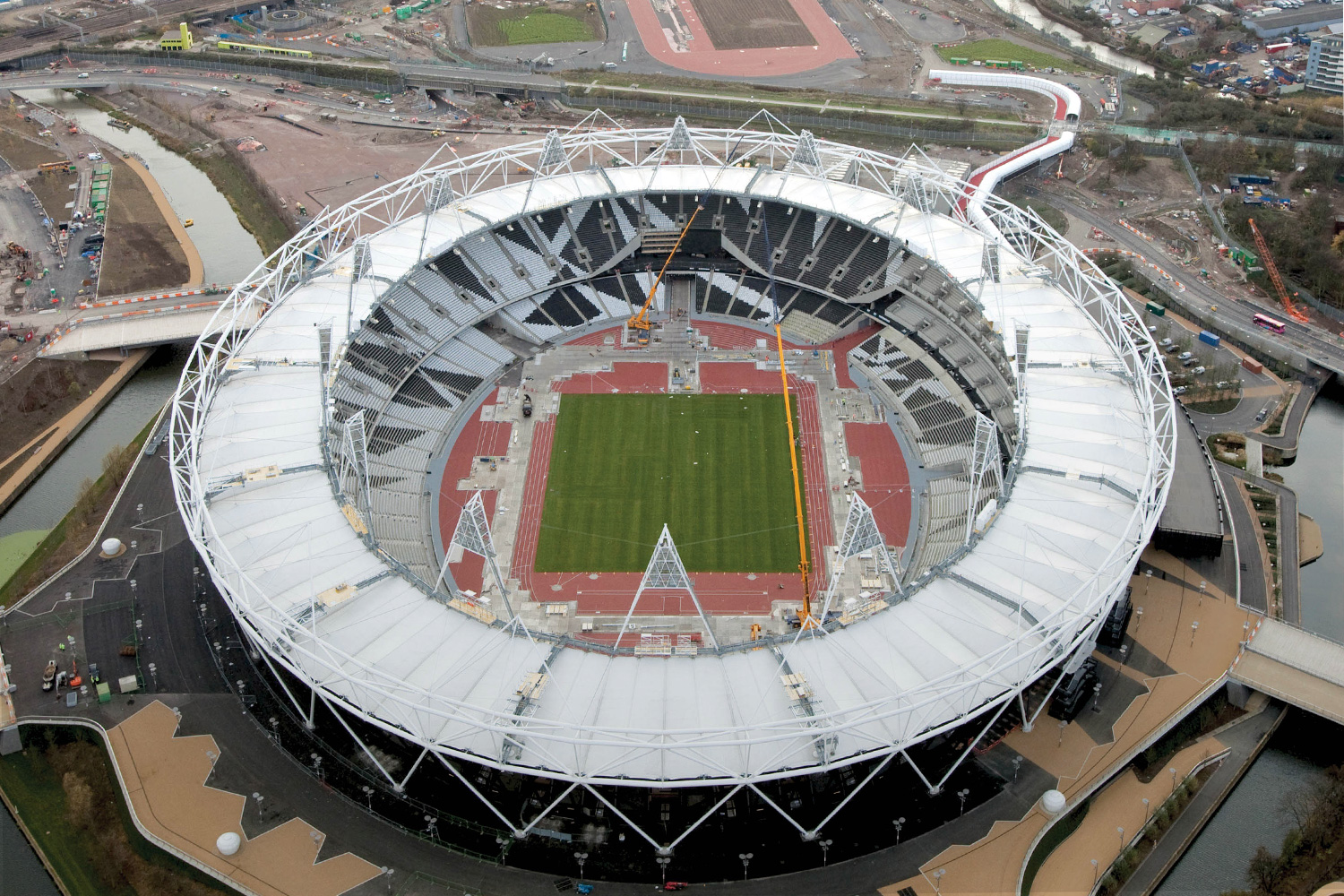
Sporting legacy
The site of the Olympic Park (now known as Queen Elizabeth Olympic Park) in East London hosted swimming, diving, hockey, cycling and athletics during the Games. These sports took place across a variety of locations that included an aquatics centre, a velodrome and the Olympic Stadium. Even at the very early stages of planning, a key principle in design and build was how the park would be used in the long term. The site was designed to be suitable for both large crowds attending the Olympics and for a reduced number of visitors to the site afterwards. We worked with the Olympic Delivery Authority (ODA) and later the London Legacy Development Corporation (LLDC) in several ways. This included the masterplan which anticipated future changes in requirements for renewable energy inputs, climate change regulations, building regulation codes and waste reduction targets.
We developed infrastructure strategies for future development, including water resource and flood risk management, energy and infrastructure design, carbon management and inclusive design, and positioning and span arrangements for all the Olympic Park bridges. Here, we produced a family of highway bridge, footbridge and land bridge designs that featured temporary additions that could be demounted after the games.

Once the Olympics and Paralympics finished, the long-term use of the Olympic Stadium itself was carefully considered. The ability to host differing types of sports (including football, rugby, cricket, baseball and athletics) was essential, as was the necessity of hosting community sports events and occasional large concerts. This involved new movable seating and a modified bowl that means the stadium can now operate differently depending on event type. Buro Happold engineers also faced the challenge of an appropriate new roof that would retain the original Olympic Stadium steelwork. Our interdisciplinary team, experienced in sports and entertainment, aided in an innovative, gravity-stressed cable net concept which saw the original steelwork support the largest cantilever roof in the world. When operating in concert mode, the stadium has a capacity of 80,000. Now, premiership football team West Ham call the London Stadium their home.
Cultural legacy
In ancient Greece (where the Olympics was first formed) cultural, social and religious activities took place alongside sporting challenges. The modern Olympics is now only sports based, but the principle of social impact remains relevant. The summer of 2012 is largely viewed as being a formative moment in the history and shared culture of the UK. This legacy lives on in projects that have since been developed at Queen Elizabeth Olympic Park.
Here East is a hub for creative and technological services, based in the former International Broadcasting Centre (IBC). We had significant involvement in the transformation of the media centre, delivering the original engineering design and developing a new flexible space for the new residents. These now include BT Sport, outposts of universities (Loughborough, Staffordshire, UCL), Sports Interactive, and other wellbeing, business and community hubs. Here East won the prestigious AJ100 Building of the Year in 2018.
A more recent legacy development project we have been involved with is East Bank, a new cultural and educational district in Queen Elizabeth Olympic Park. It will sit alongside the Stratford Waterfront housing development.
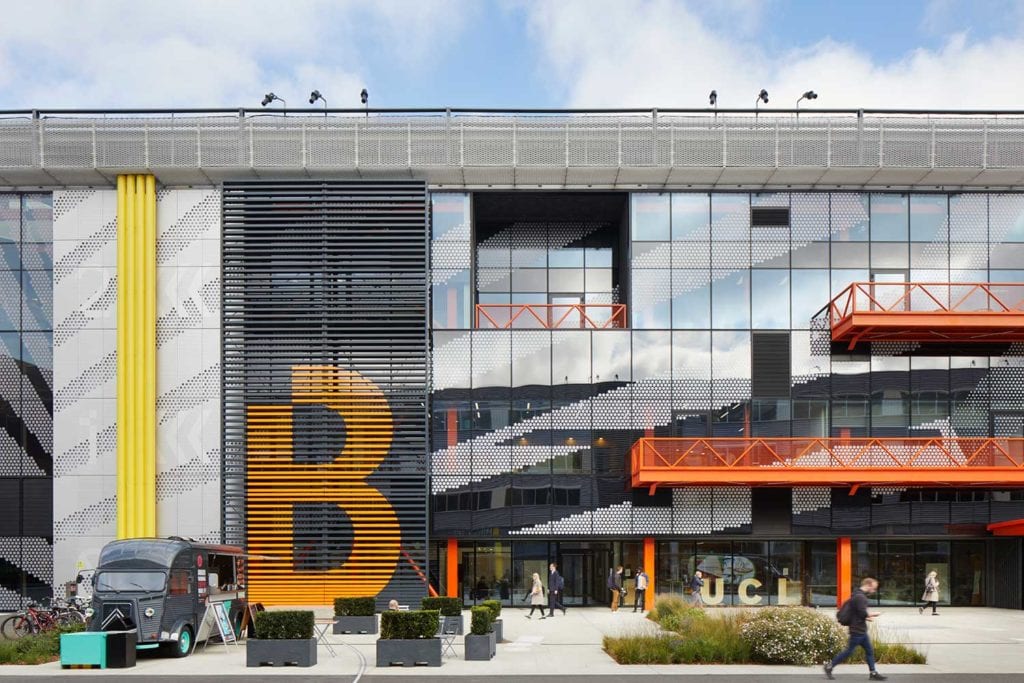
A multidisciplinary team from Buro Happold worked across the project, providing a mixed-use masterplan for the hub that will host several cultural institutions including the V&A Museum and Sadler’s Wells. We worked specifically on services for the BBC Music Studios, London College of Fashion and University College London projects at East Bank. Our engineers faced challenges of aligning the visions of multiple key stakeholders to develop accessible buildings with pedestrian friendly access that would achieve exacting energy and carbon standards. Wellbeing and user experience was a core concern of the East Bank development and we developed a framework to collate and track building performance. Physical wellbeing, mental wellbeing, environmental quality and spatial quality for building users were all considered in the design process.
East Bank builds on our ongoing relationship with the LLDC which began with the design of the Olympic Park and stadium, and continues today.
